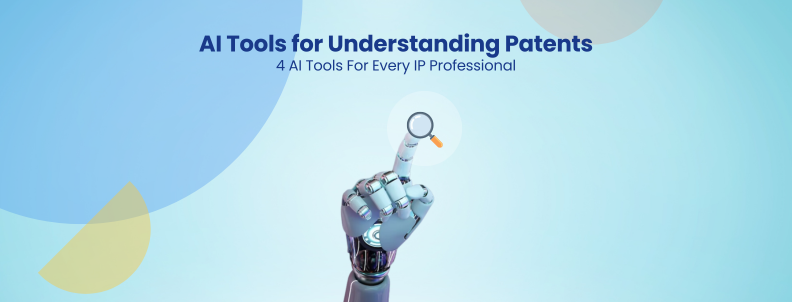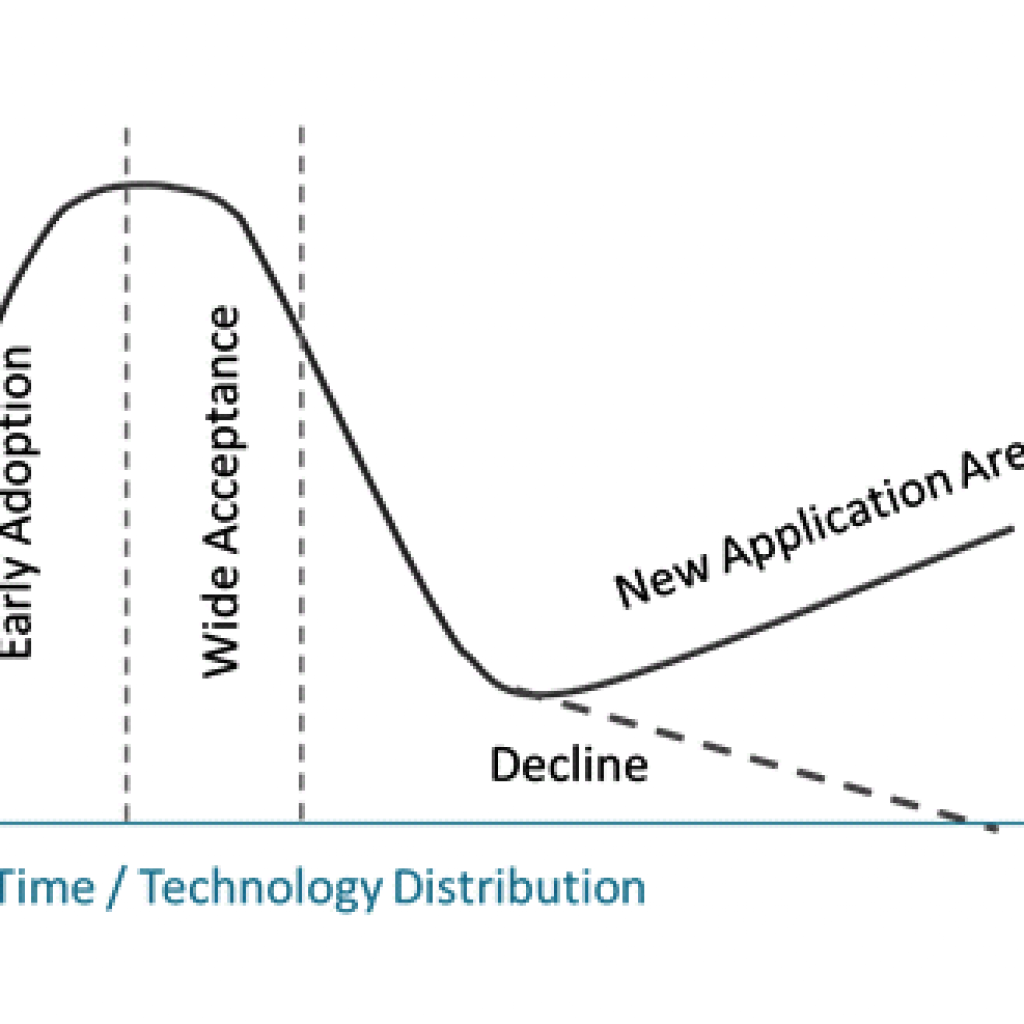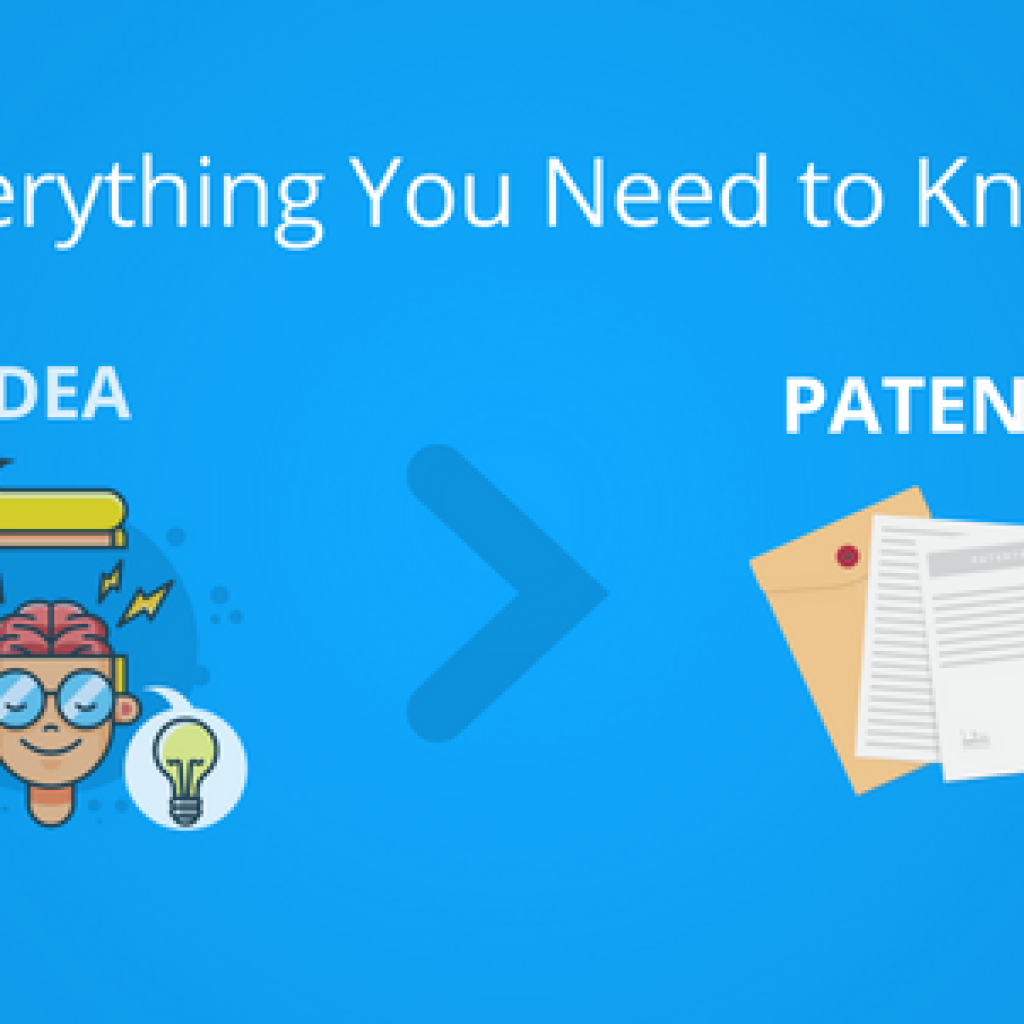Like every other industry, Artificial Intelligence (AI) has also transformed intellectual property (IP). With reduced human effort, patent experts can refine how they read, analyze, and leverage IP. Unsurprisingly, multiple AI tools that make patents easier to understand have entered the market.
This article presents the top 4 AI Tools for quick and easy understanding of patents, whether for patent infringement or invalidity searches.
1. Claude AI
Developed by Anthropic, Claude is a powerful AI assistant designed to process large amounts of text data. The researcher can directly get answers to the questions from PDFs containing up to 75,000 words. That means you can provide a text of a whole patent, research paper, or even a short book, and Claude will read and readily answer your queries.
Need a quick analysis or clarification on a specific section? Just ask! – as shown below:
Note that it is a freemium tool, meaning that a user can give the tool several prompts without upgrading.
2. SciSpace
This tool allows researchers to search scientific literature and ask questions using its CoPilot. Its Chrome extension, SciSpace Co-pilot, is also very useful, and some of its features that stand out are-
SciSpace Co-pilot: Researchers can seamlessly analyze selected text within any webpage by choosing from three options: Summarize, Explain, or Find related papers. The Co-pilot analyzes it and responds in a manner as shown below:
Ask Away: Just like ChatGpt, keep the conversation going by asking follow-up questions directly within the chat interface. CoPilot will guide you through the complexities of the literature with ease.
Note that it is also a freemium tool: a user can give a certain number of prompts to the tool. And for unlimited access, the user needs to upgrade it.
3. Patent Plus
Patent Plus has been a valuable addition to our patent research workflow, offering features to improve comprehension and data extraction from Google Patents.
Here are some of its features that will help you understand patents better:
Patent Summaries: The extension allows researchers to quickly understand the core concept and determine the patent’s relevance to patent research by generating concise summaries of patents that capture the essence of the invention.
Effortless Transaction Code Tracking: This AI tool highlights important transaction codes directly within Google Patents. These codes provide valuable information about the patent’s history, such as application dates, office actions, and potential ownership changes.
Demystifying Patent Claims: Patent Plus has a claim restructuring feature. This feature reformats the claims to improve clarity and readability, making it easier to comprehend the scope of the invention and the rights granted by the patent.
Extracting Valuable Data: This AI tool allows for gathering data such as trends in specific technology areas, analyzing competitor activity, or uncovering gems within a patent landscape. This data can inform your research decisions and fuel new discoveries.
Author’s Note: Our researchers even tested ChatGPT’s capabilities in performing patent invalidity searches. The results? Well, you can read about it here.
4. Slate by GreyB
Slate by GreyB is a software designed specifically to manage intellectual property (IP) by utilizing artificial intelligence (AI) and other features to simplify the process of understanding patents, making it faster and more insightful. It offers some features that researchers find particularly useful, such as
Problem and Solution Overview: Slate provides an AI summary of the patent’s problem statement and solution upfront, allowing users to grasp its essence quickly. As it directly highlights problems/solutions discussed in patents, researchers have to spend less time reading and more time generating actionable insights.
Identification of Key Stakeholders: With this tool, users can easily discern which entities or industries are most affected or potentially blocked by the patent, aiding in assessing its impact on innovation and market competition
Status of Related Applications or Technologies: Slate lets you know the application’s status and what next steps should be taken if this application is stuck using historical data.
Collaboration Features: The tool facilitates communication and knowledge sharing within your team. Use the platform to highlight specific aspects of a patent, share comments and analysis with colleagues, and gain different perspectives on the invention.
The Future of IP with AI
While AI excels at tasks like data processing and initial searches, it has limitations. For instance, AI can struggle with the nuances of human language, potentially missing key details in patents due to the complexities of legal jargon and technical concepts. Additionally, AI tends to focus heavily on keywords, which can overlook relevant patents that use different terminology.
Most importantly, AI lacks the critical reasoning and judgment capabilities essential for assessing patent validity or identifying potential loopholes.
Going forward, the key to success lies in leveraging AI’s strengths for tasks like data processing and preliminary searches while combining them with human expertise for critical analysis, reasoning, and judgment.
Fill out the form below to learn more about how you can leverage the perfect blend of AI and human expertise for your next patent invalidity search, ensuring the most accurate and comprehensive results possible.
Additionally, to learn about top AI-based patent databases, click here.
Authored by: Annie Sharma & Parth Parmar










